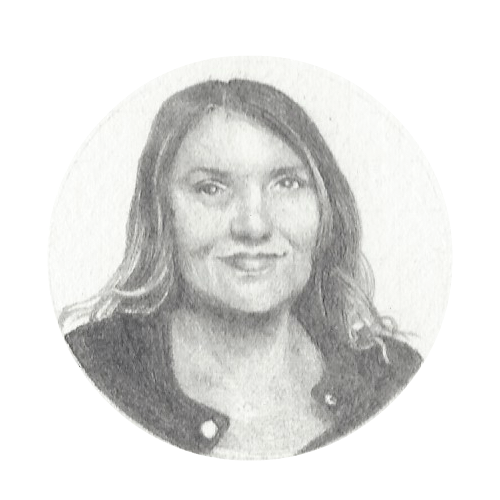Lexicon for Extracted
Ranu Mukherjee
Lexicon for Extracted is comprised of 26 drawings that form a constellation of research for Extracted: A Trilogy, a three part exhibition project at the Asian Art Museum, San Francisco curated by Marc Mayer- on view from November 2015-August 2016. Extracted considers the California Gold Rush via the history of the Chinese Exclusion Act of 1882 and Chinese mythology in order to un-make the colonial image of the covered wagon and manifest destiny - to build a more complex picture of the construction of the West and its population.
It is also an investigation into the nature of speculation, both in its economic sense and as an exploration of the unknown.
Extracted was a project with an unusual framework- an exhibition that installed three times over the course of eight months- through additions and substitutions to the works on display- until the trilogy (both the moving image works and the exhibition itself) was complete.
It was both exciting and uncomfortable and it embodied the speculative in very material ways, playing with expectations, space and the layering of time frames.
The Lexicon drawings were made in groups that corresponded with each install. I made the first group on variations of gold backgrounds- to set the stage for the project. There were also a couple on blue grounds that evoke the color of the Yuba River- this brilliant blue that reflects the sky because of the white rocks, polished by water canons in the mining.

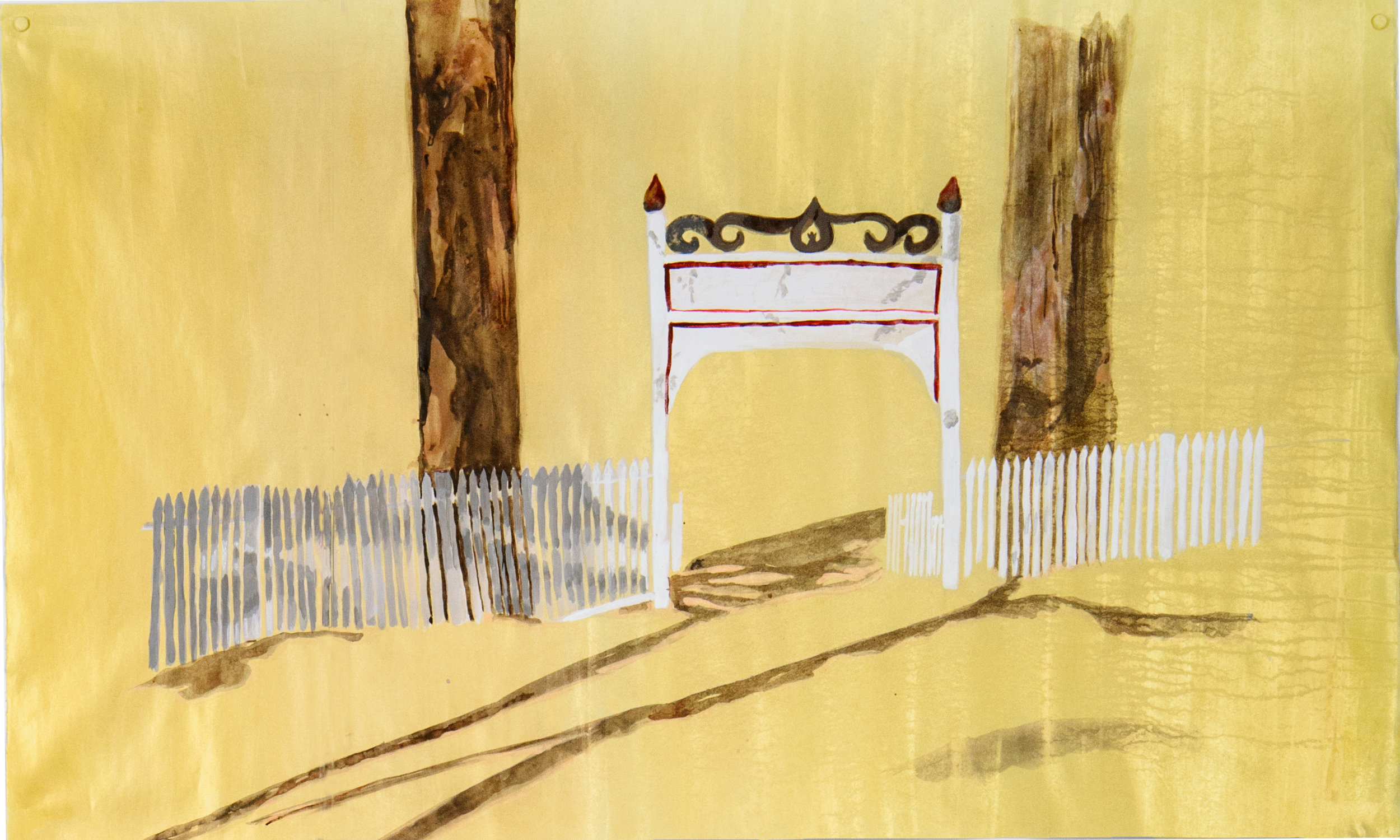
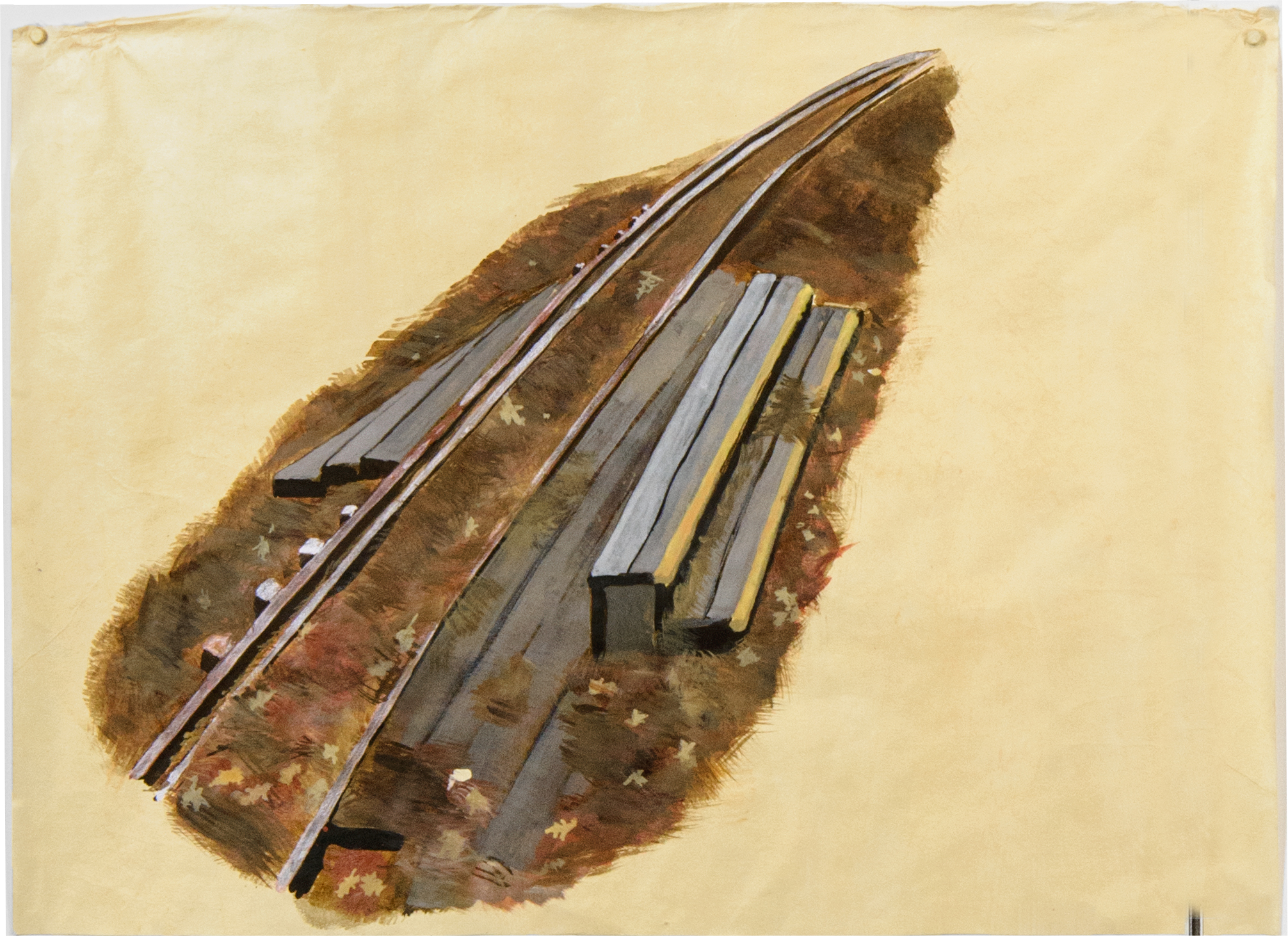
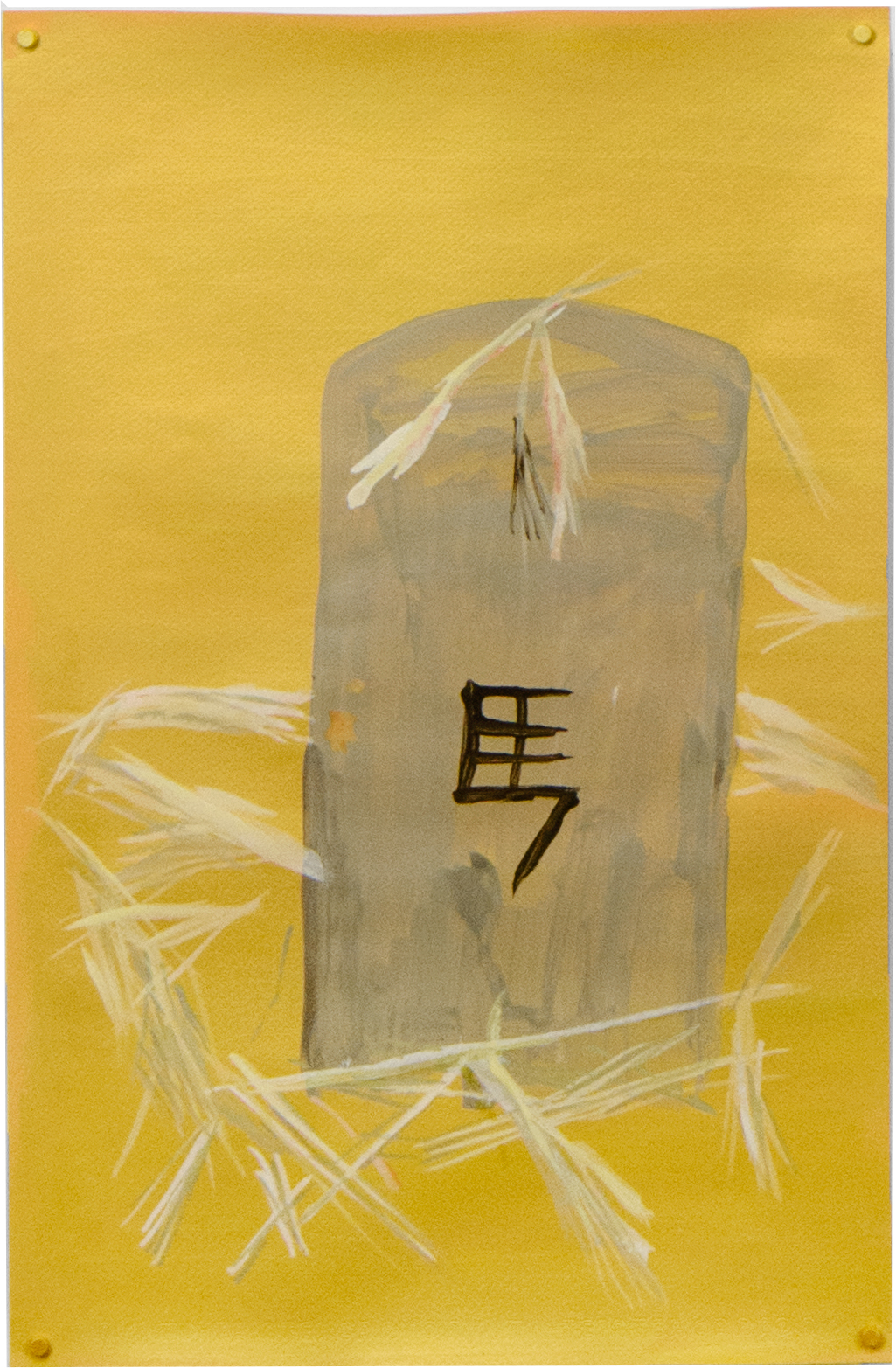
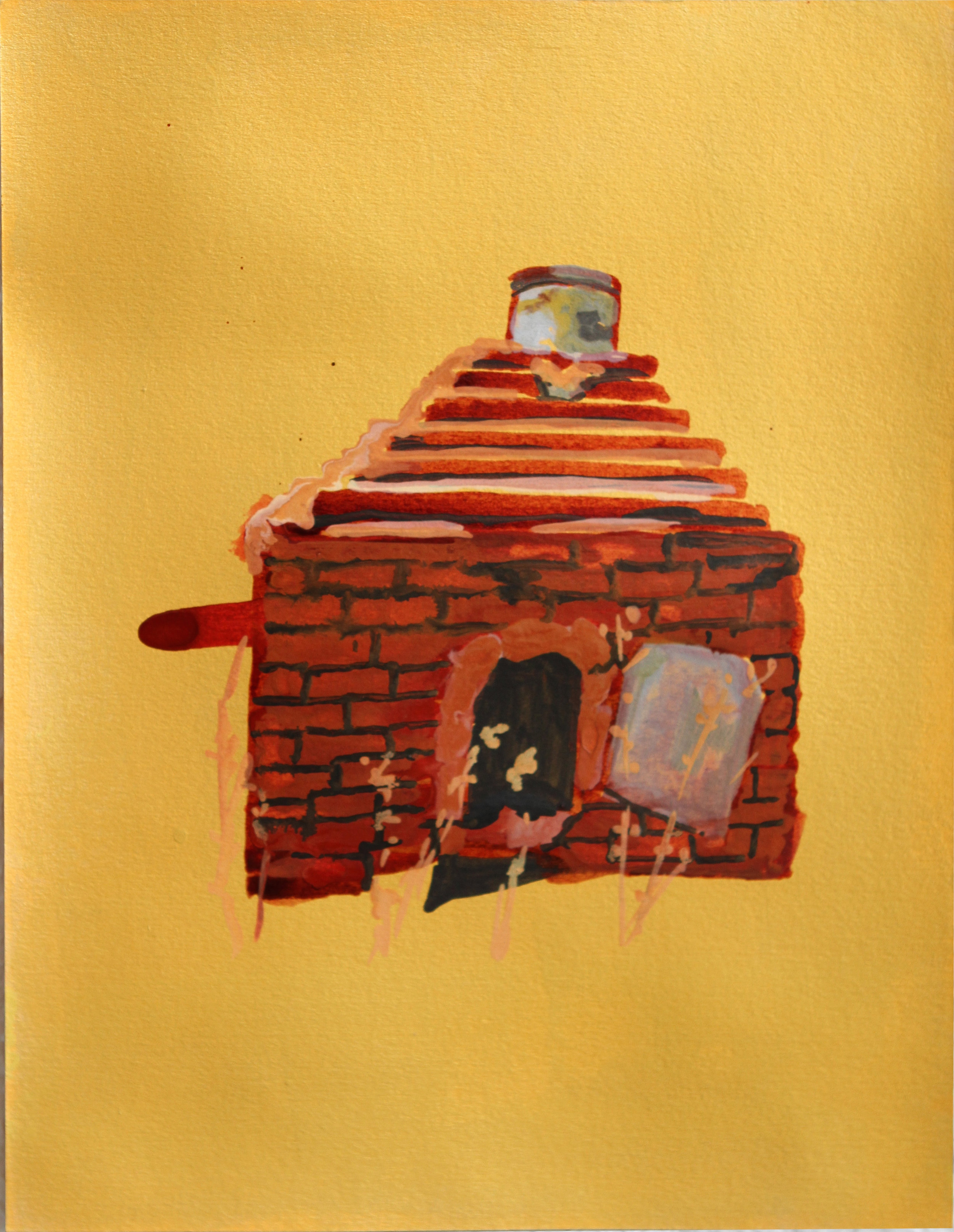
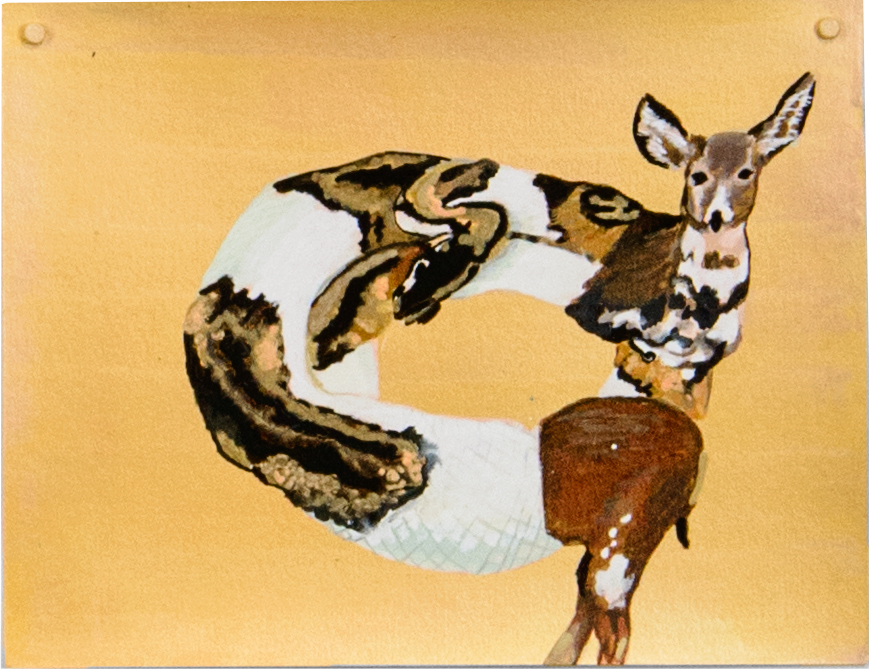
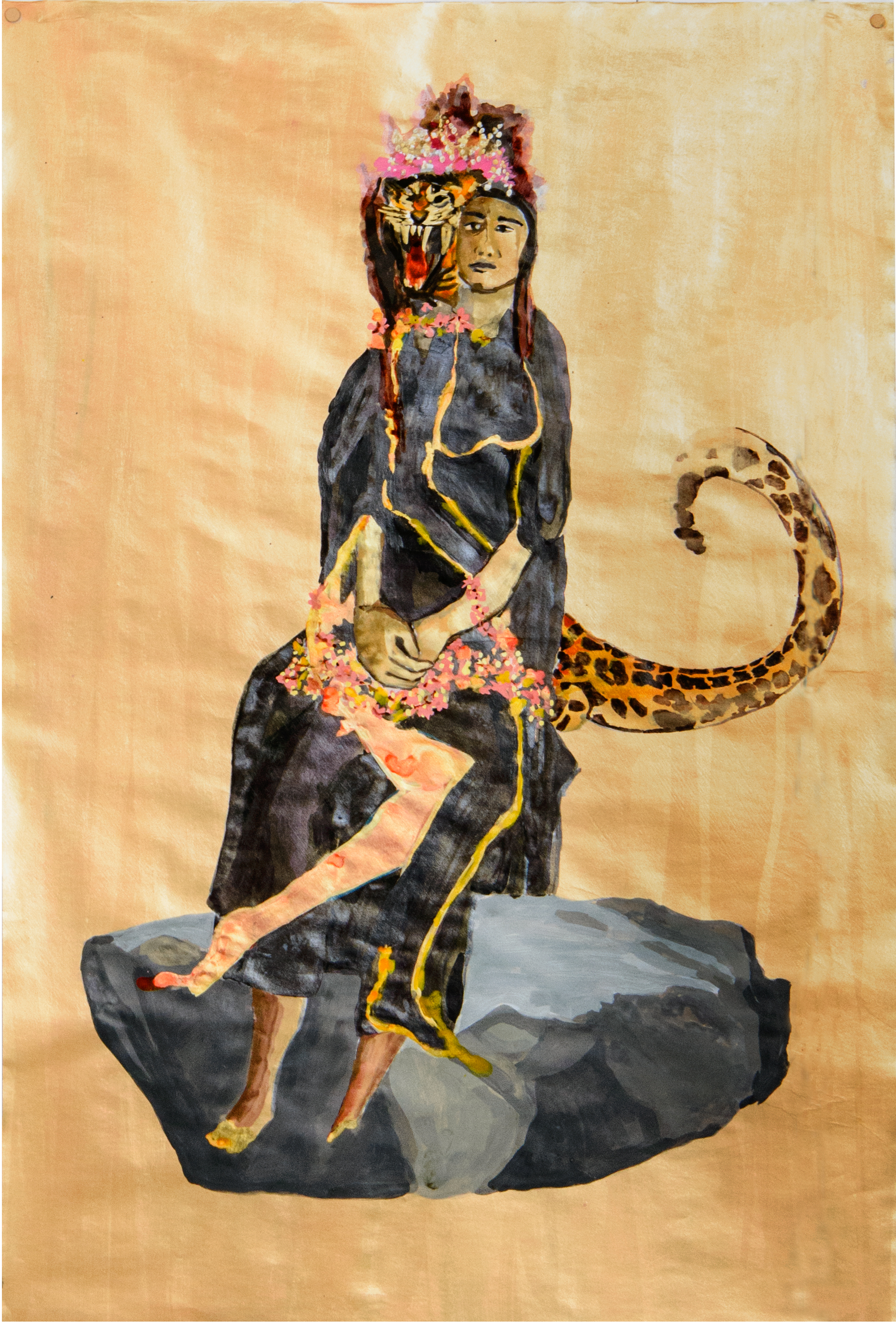
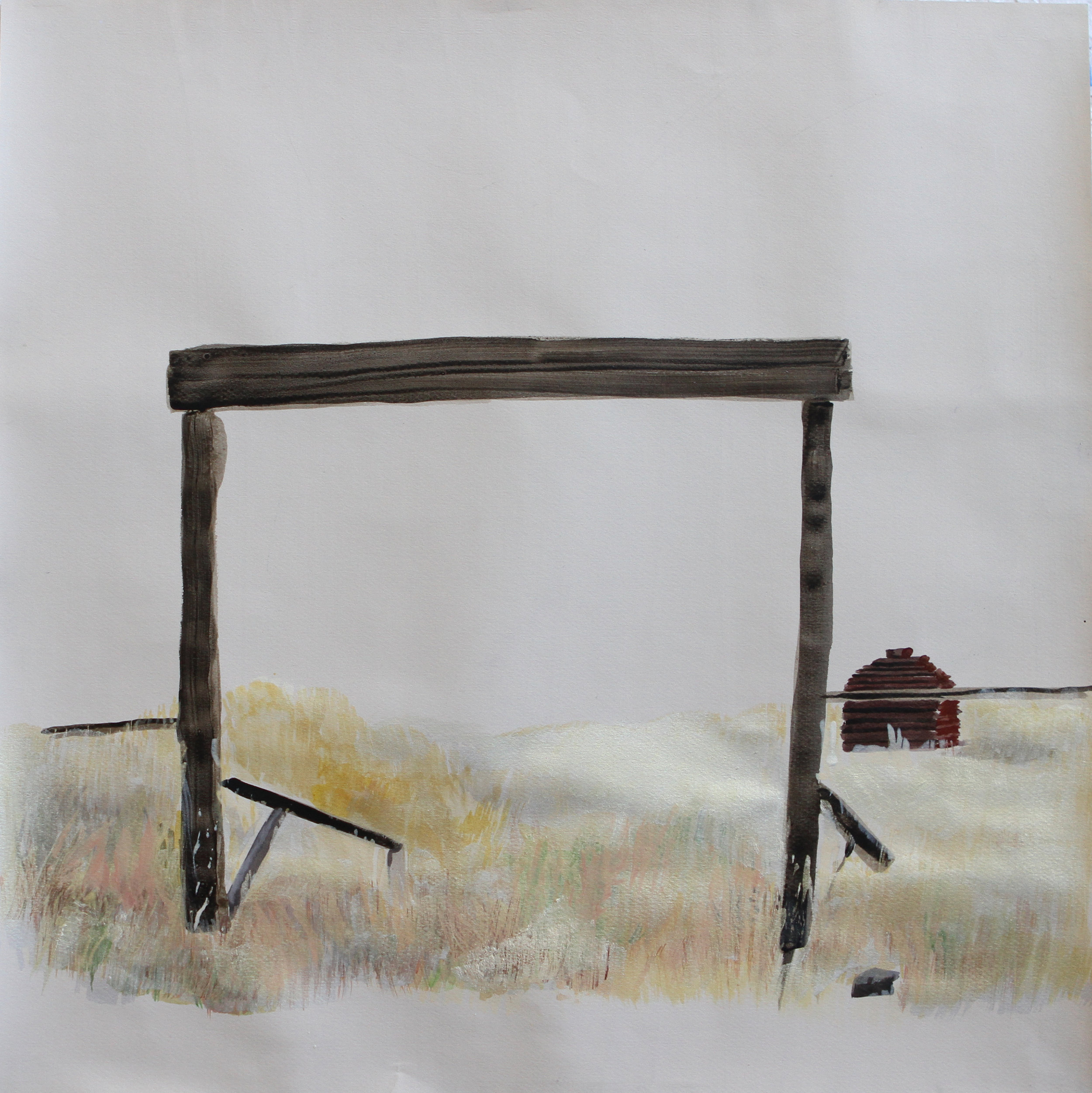
Many of the works in this group are more documentary in nature, made from images I shot in the Chinese cemeteries in Nevada City and Auburn, and a now defunct railroad theme park. I also made a few drawings related to the mythology of the Queen of the West- a spirit associated with longevity. My drawing combines the ancient vision of her with the face of Mary Tape- a Chinese American woman whose daughter was denied entry into San Francisco public schools for being Chinese. She took her case to the California Supreme Court and won in 1885 (Tape vs. Hurley), setting an important precedent.
The second group of drawings is made on variations of red backgrounds. Curator Marc Mayer writes “The red mimics cinnabar, a vermillion mercuric sulfide used as an amalgam to separate gold from ore. Cinnabar, along with gold, was a well-known ingredient used by alchemists to make an elixir of immortality in ancient China. Today, the cinnabar that is still in used in the process of gold extraction is a major cause of mercury pollution, posing serious health risks to miners, their families, and surrounding communities. Even the traces left from California’s nineteenth-century Gold Rush have laced the soil with pollutants like arsenic. “
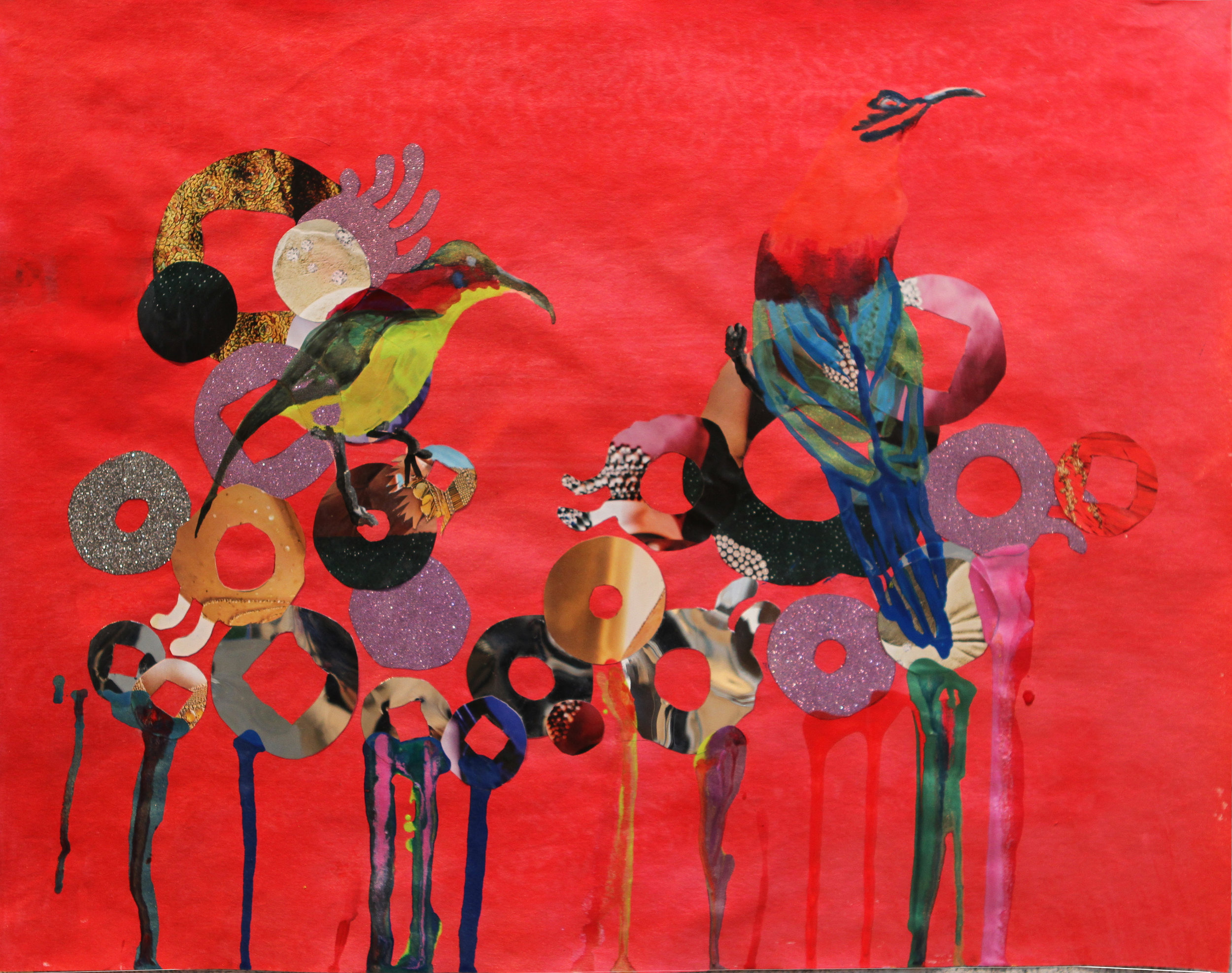
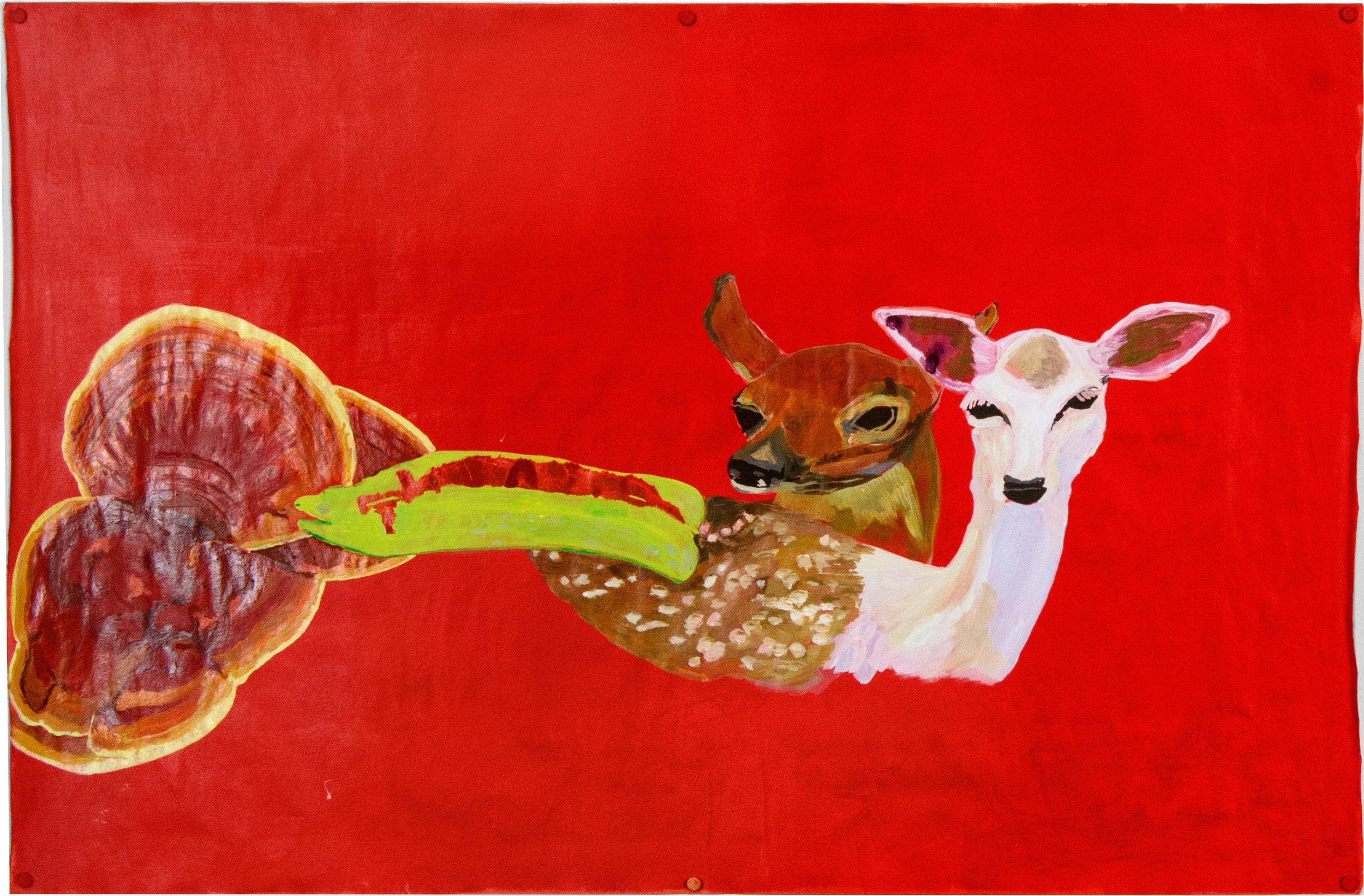
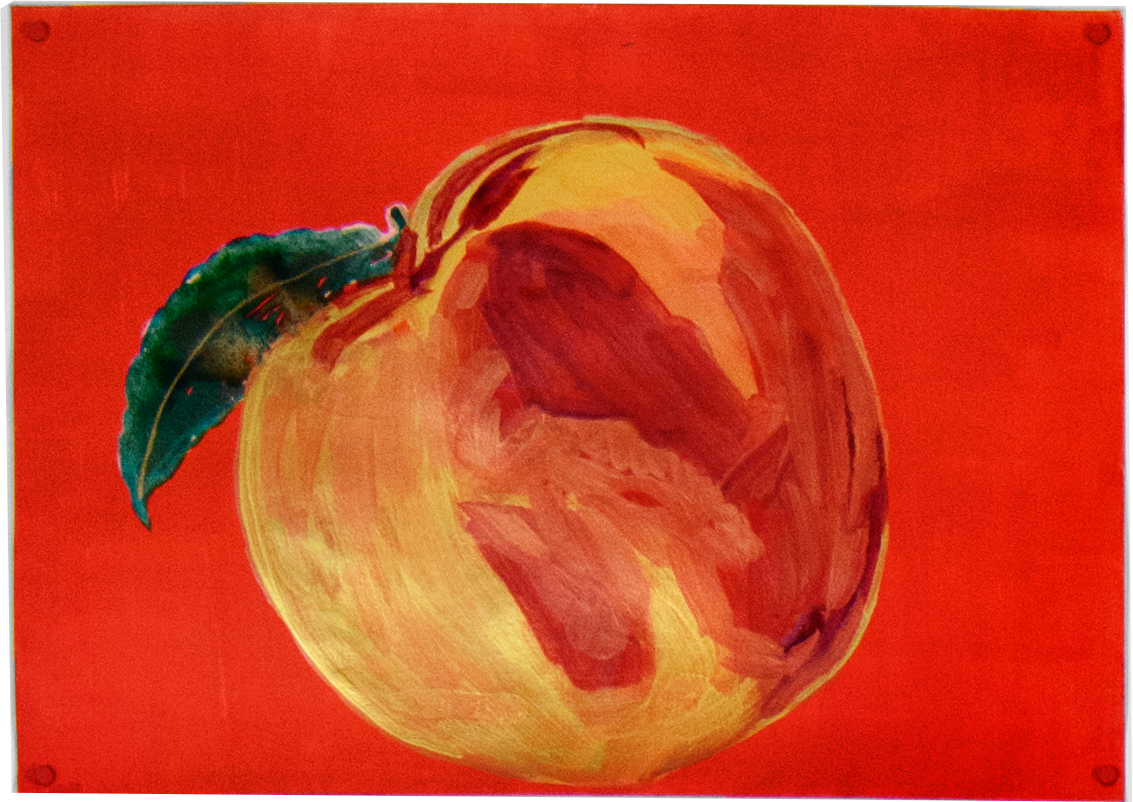
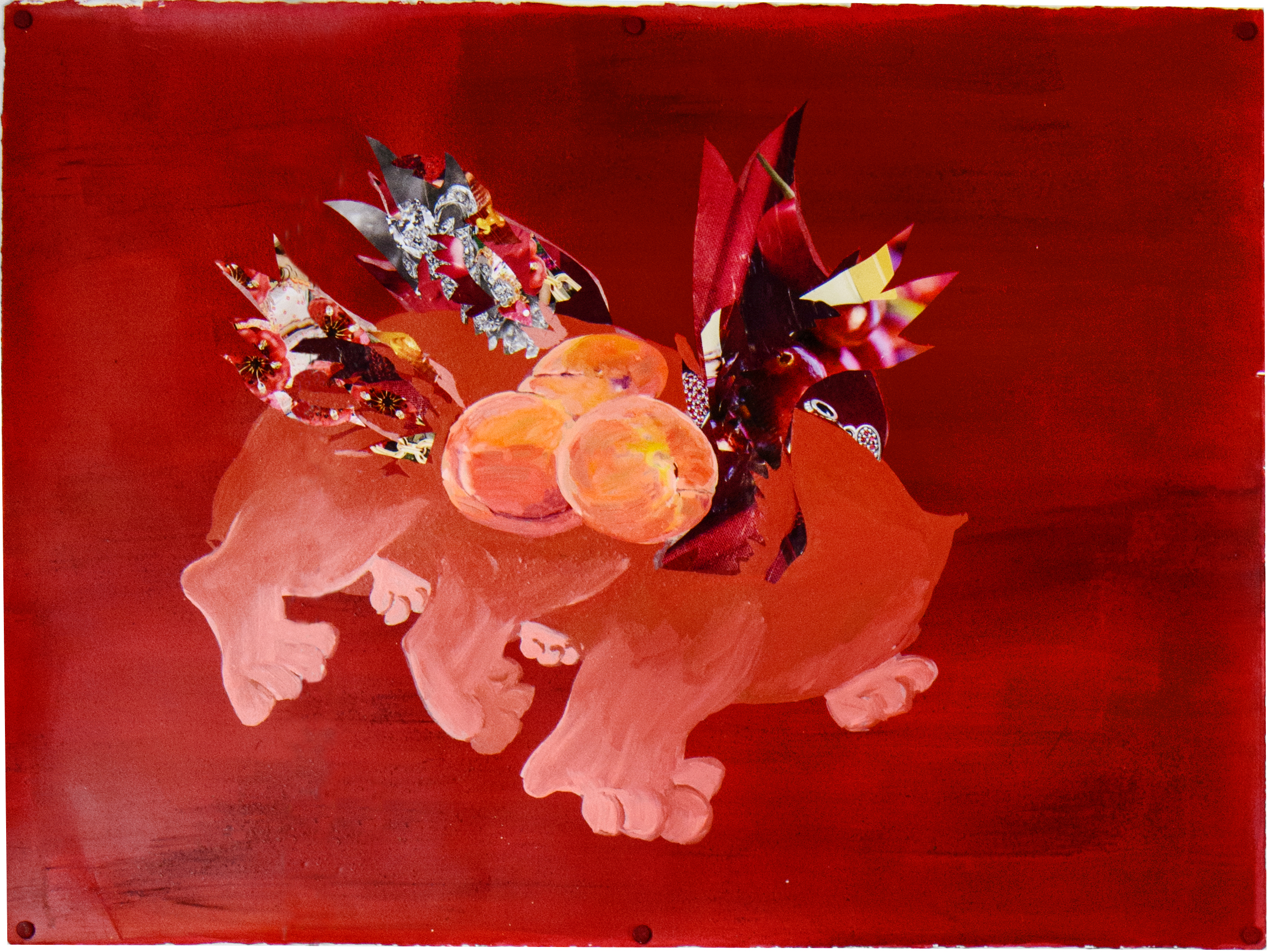
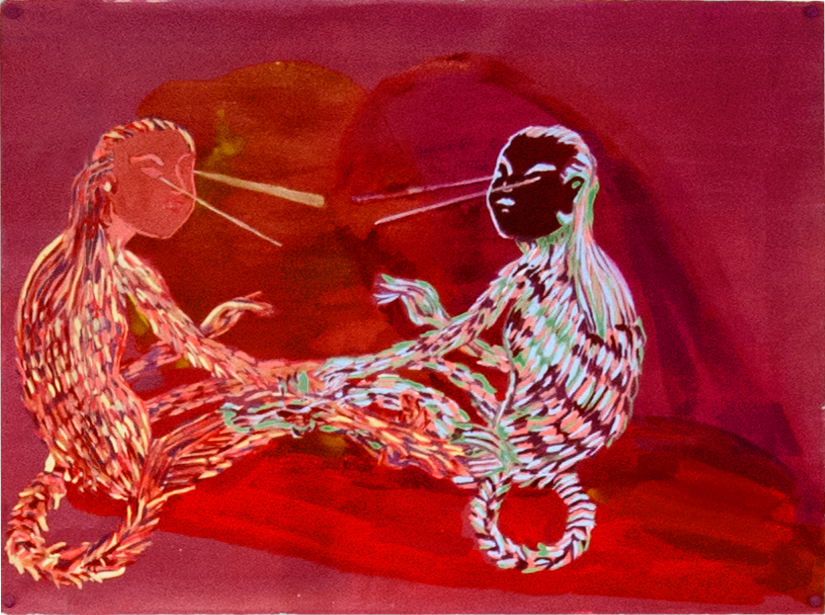
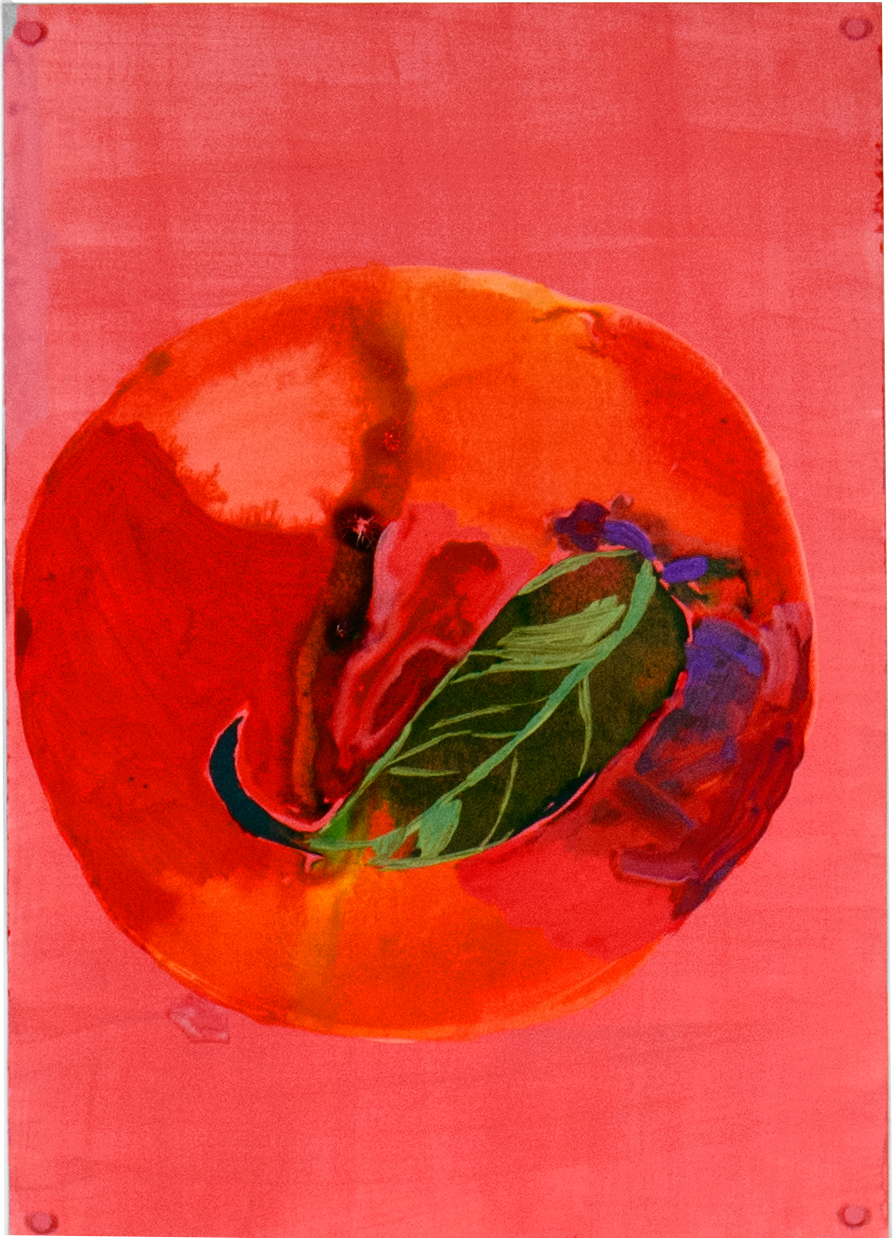
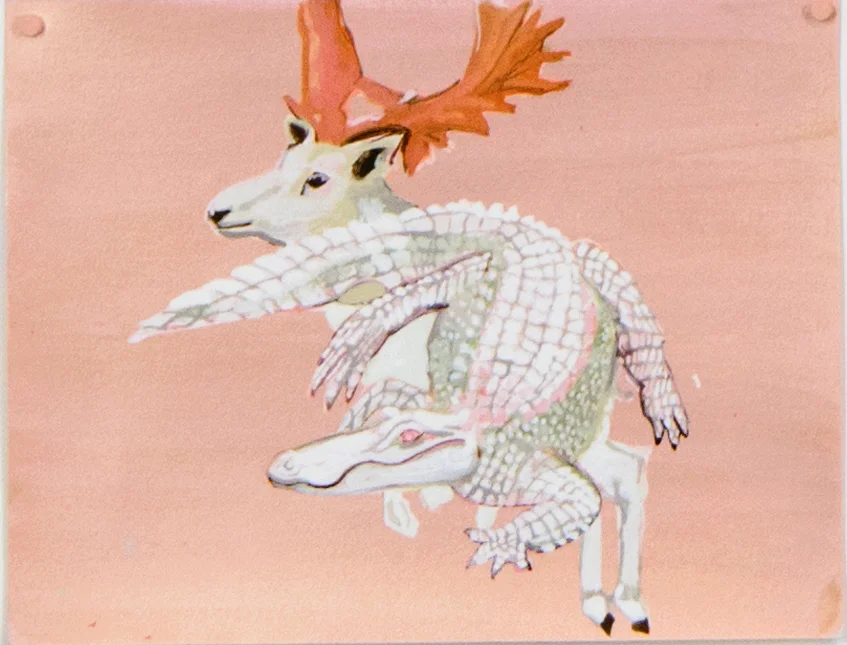
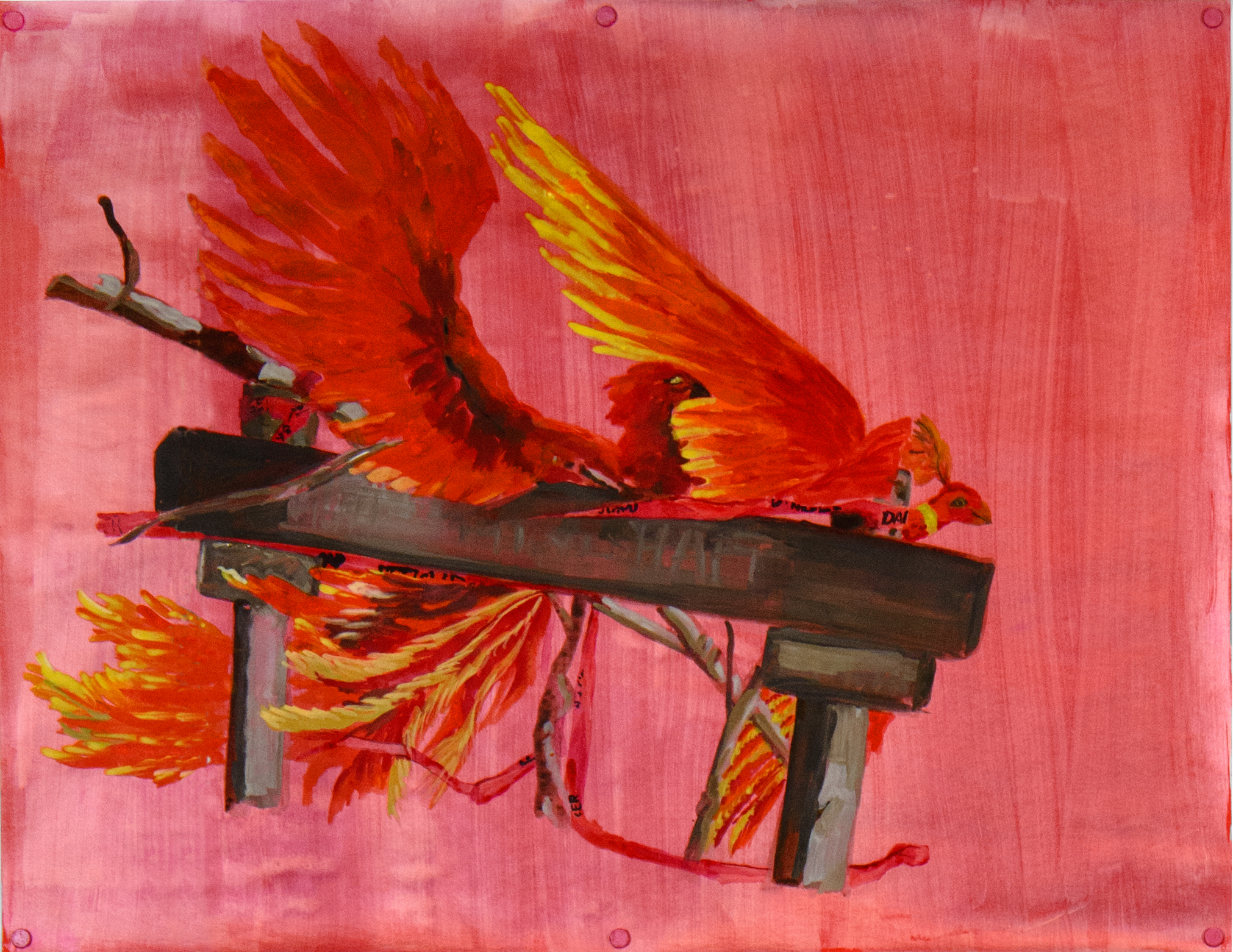
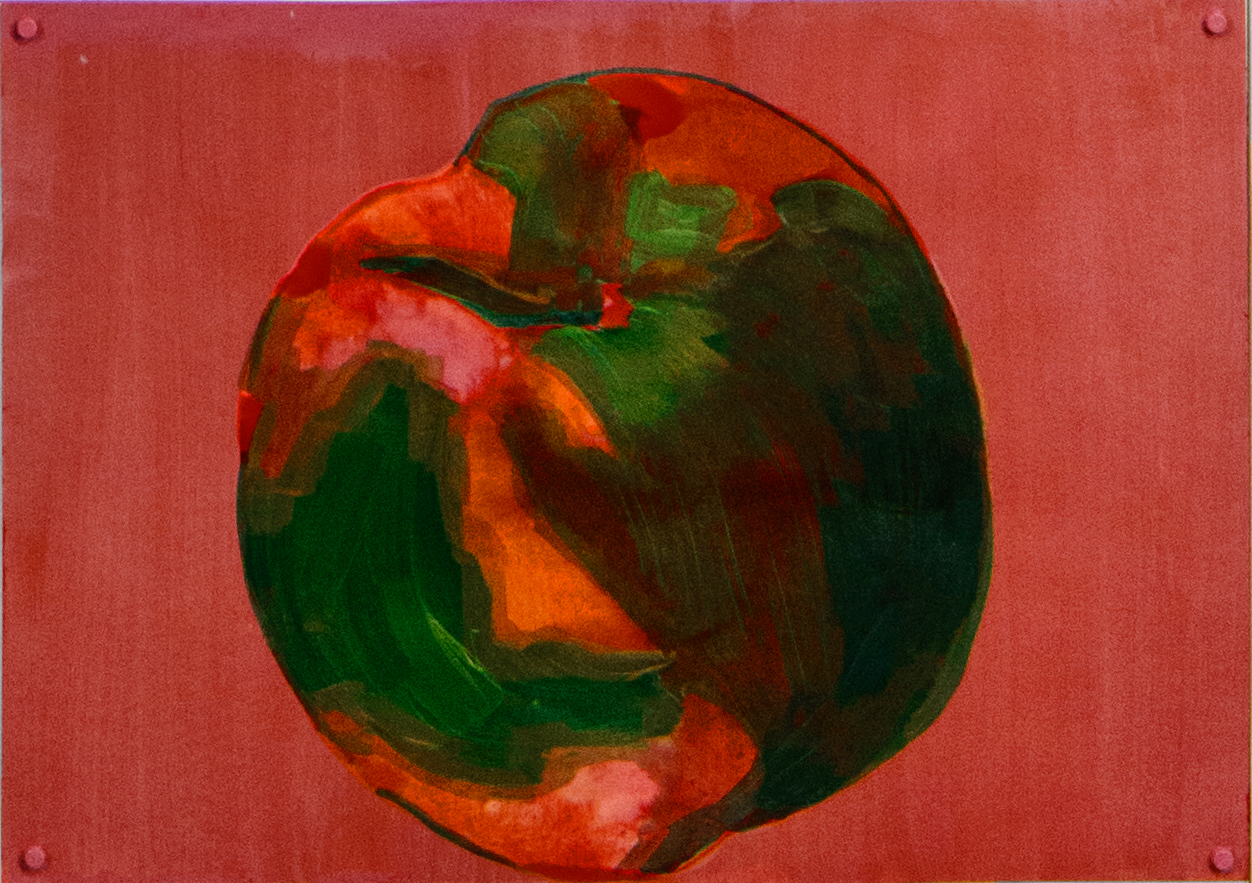
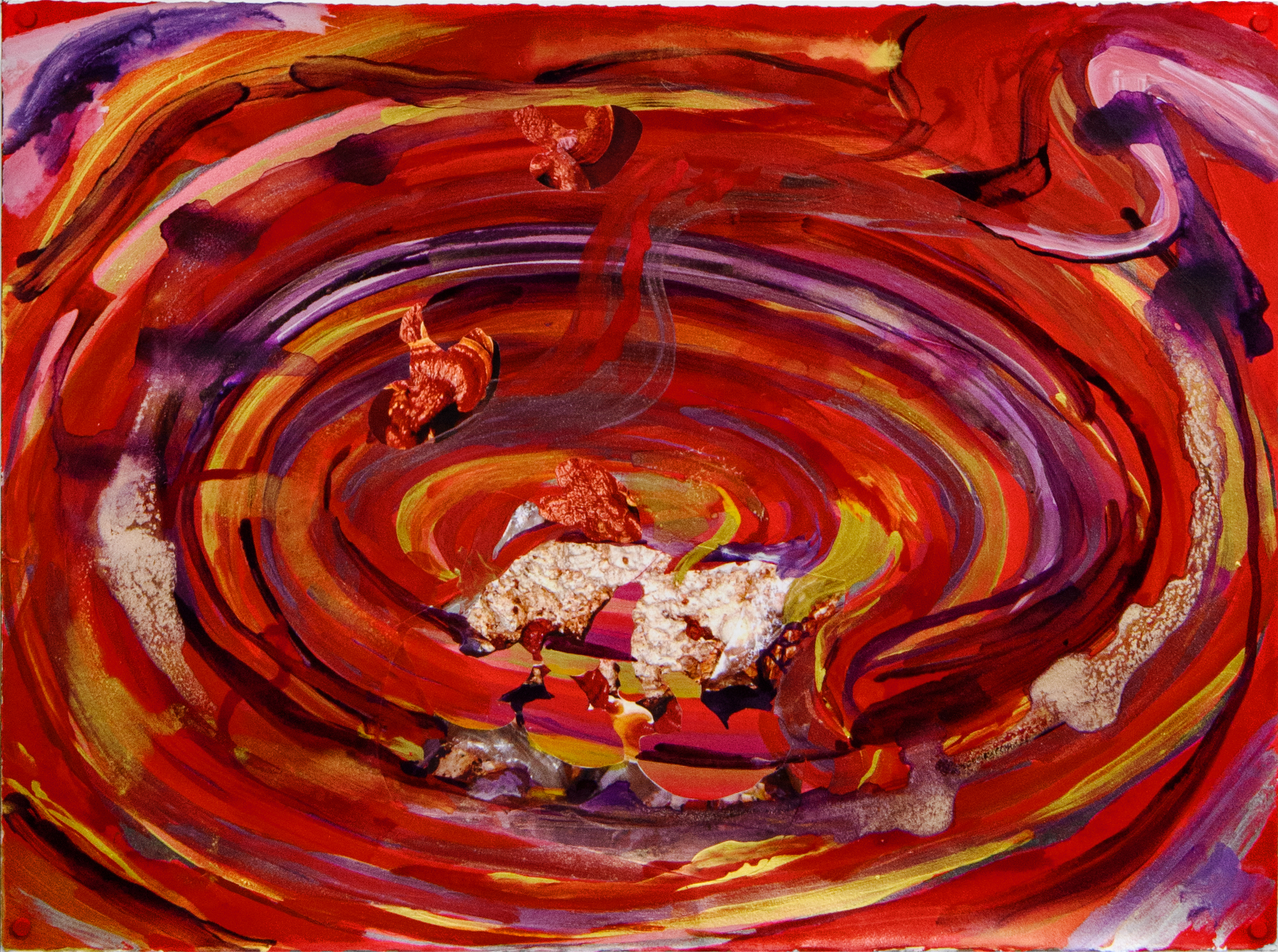
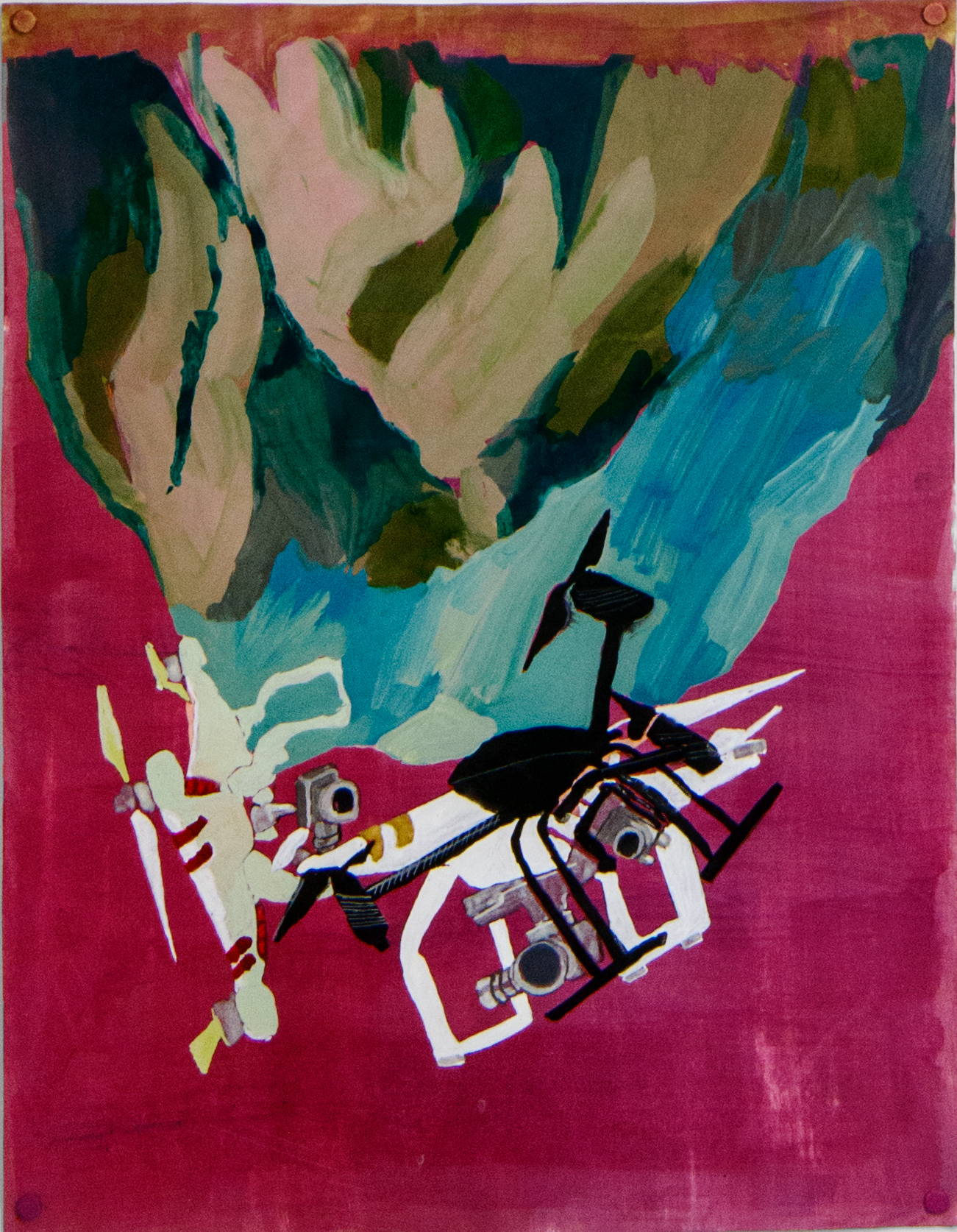
In making this second group of drawings I was focused on the theme of speculation and connecting economic speculation with contemplation of the unknown. The emphasis on some of the mythological imagery in greater in this set of works. Some refer to figures described in the Guideways of Mountains and Seas, others look at mythological connections between wealth and immortality.
The third group of drawings are made on green backgrounds to focus on jade- as a symbol of health, resilience and longevity. The drawings depict documents, spaces and objects which embody this history and have brought it forward in time. In one drawing, I copy an inscription of a poem made by a Chinese detainee on the walls of Angel Island. These carvings were later found and led to the preservation of the detention center as a public museum and memorial. The meaning of the inscription, written in Chinese language, was not accessible to me when I made the drawing. I chose not to read the translation until later, because I wanted to recognize my own relationship to the project. I am an outsider in many ways- to this history and to Chinese culture- yet this is also part of American history. In light of the current conversations around race in the US, I feel it is important to look at these lesser known histories in relation to where we are now, and where we can imagine going.
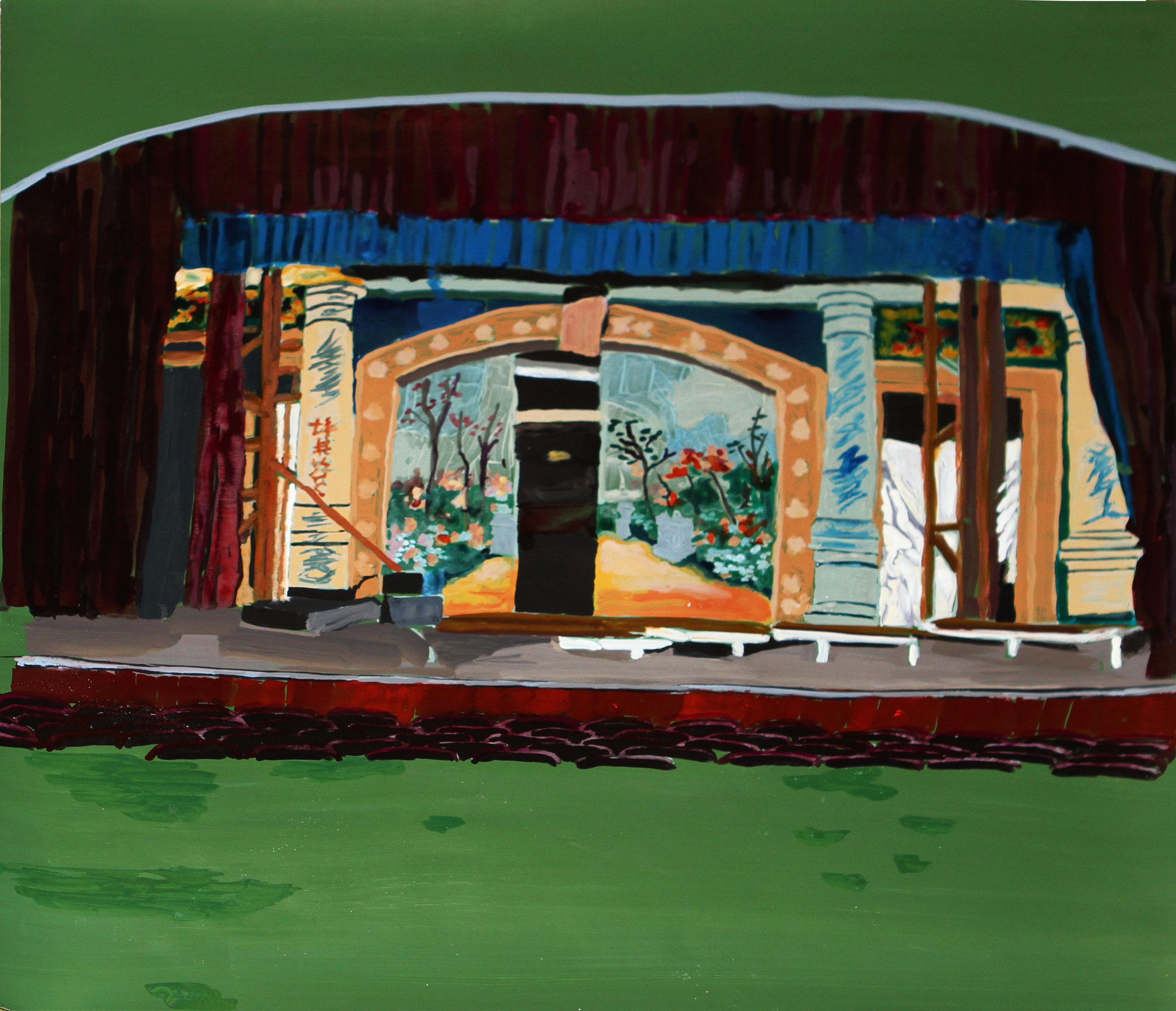
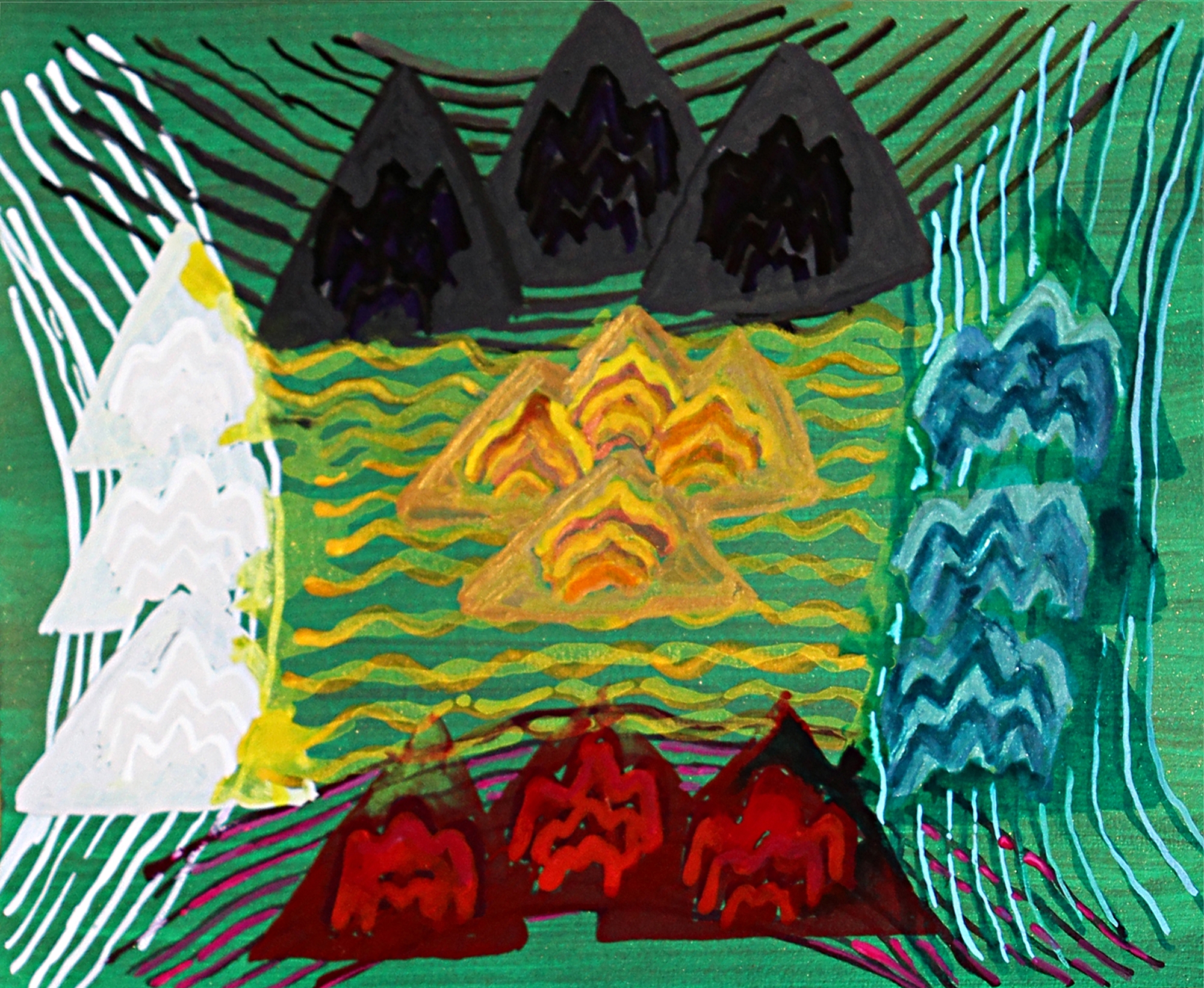
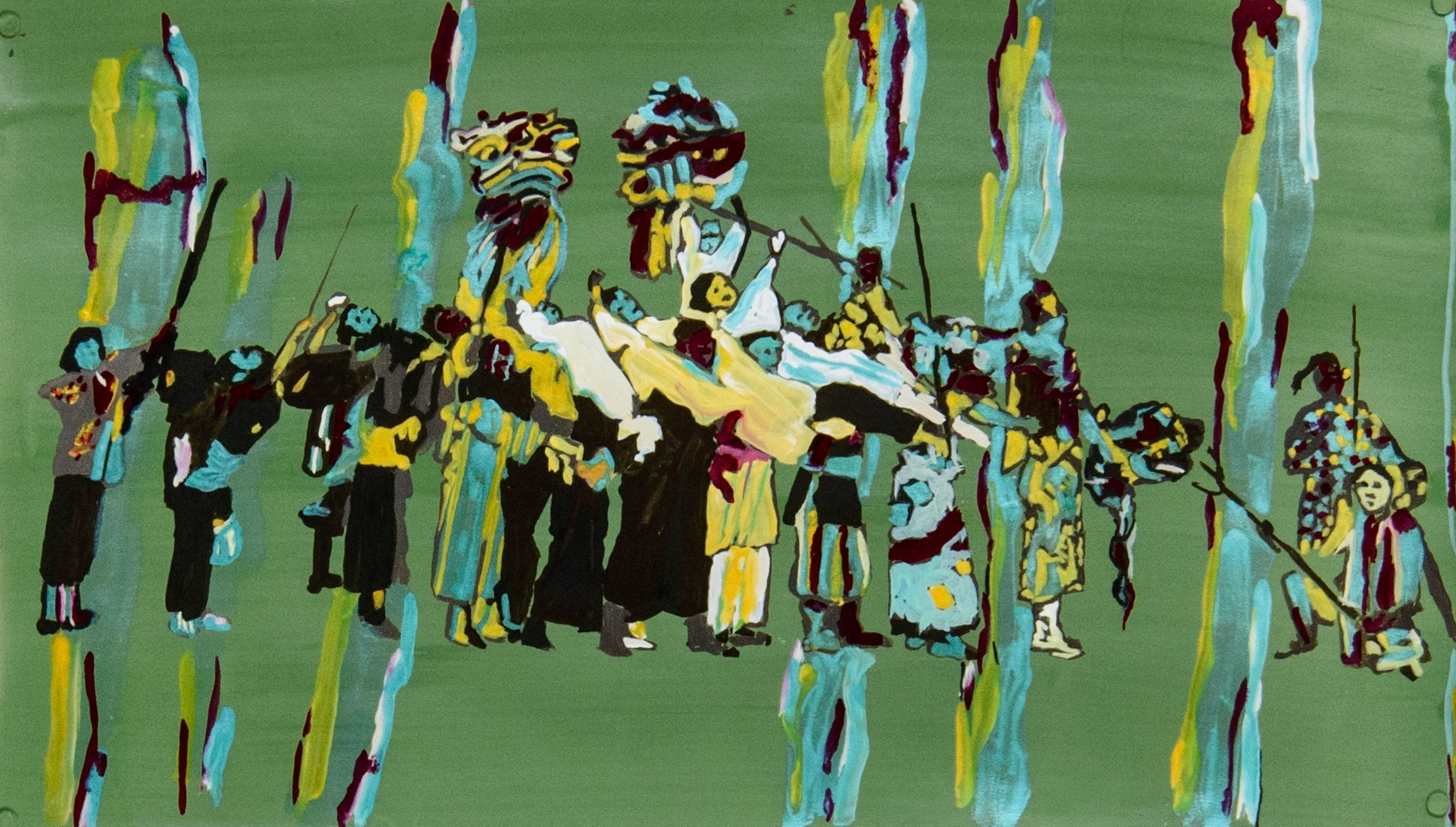
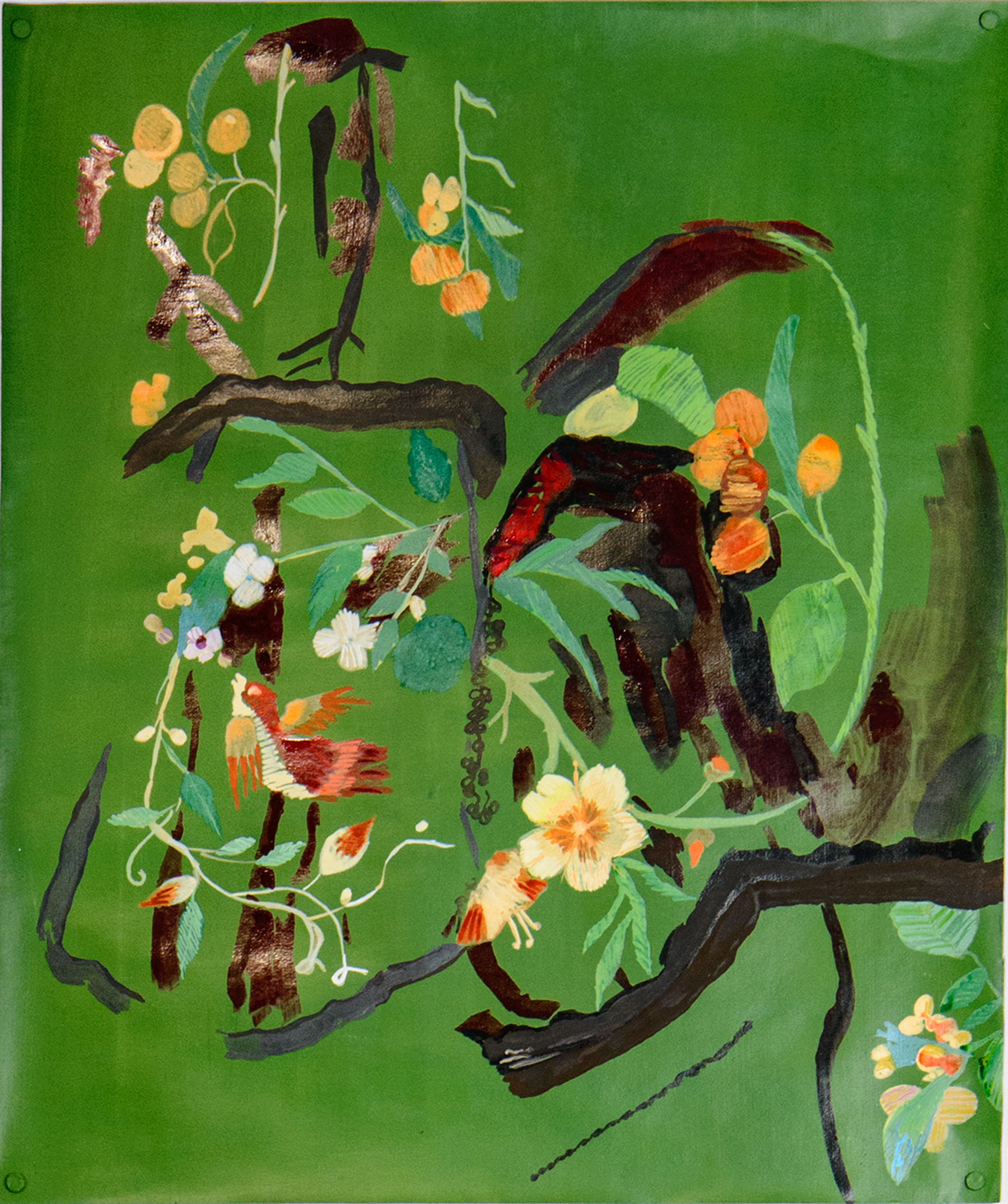

RANU MUKHERJEE
Ranu Mukherjee works across screens, paper and cloth, creating a dialogue between the moving image and painting. Through key images, photographed or borrowed, she connects historical moments of transition with prescient aspects of now.Her work is a visualization of forces; creolization, speculation, ecology, desire and otherness, that allows for willful interpretation of past-future trajectories.
Ranu’s work has been exhibited nationally and internationally. Recent projects include Extracted: A trilogy, at the Asian Art Museum and a 3-channel video commission for LA County Museum of Art. She has been awarded residencies at Space118 Mumbai, Kala Institute and the De Young Museum. Her work is in the collections of the Asian Art Museum, San Francisco, the Robert D. Bielecki Foundation NY, the Kadist Foundation, The Oakland Museum of California and the San Jose Museum of Art. She is an Associate Professor at California College of the Arts and co-founder of the artist collective Orphan Drift. She is represented by Gallery Wendi Norris, San Francisco.


